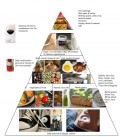Sensory Diet for Children With Autism and Other Disorders
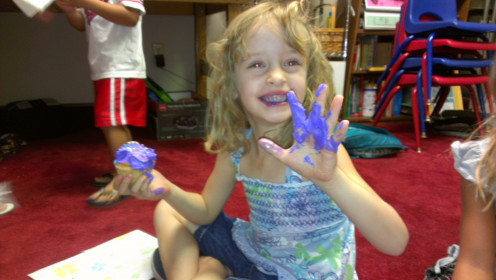
Sensory Integration Issues
There are many reasons that children can have sensory integration issues. There are children who have a sensory integration disorder and there are those who have sensory integration issues as a part of a larger disorder, such as autism, fetal alcohol syndrome or even a traumatic brain injury. Sensory integration issues occur when a child (or an adult, for that matter) gets either too much sensory information, or not enough sensory information to their brains. This causes the person to need more stimuli, or to prevent some stimuli from getting to the brain.
There are many ways to provide extra information to the brain, and ways to prevent information from getting to the brain. If you think of the five senses – sight, sound, touch, smell, and taste – there are children who get too much stimuli or not enough stimuli from each of these senses. There is another sense – the sense of proprioception – that tells where one’s body is in relationship to space and objects around it. Many children have as many problems with this sense as with all the others combined.
Below are some exercises for children with sensory integration issues. These exercises will not work for all of these children, and not all of these exercises will work for any individual child. Talk with your child’s doctor, physical therapist or occupational therapist before you try any of these on your own.
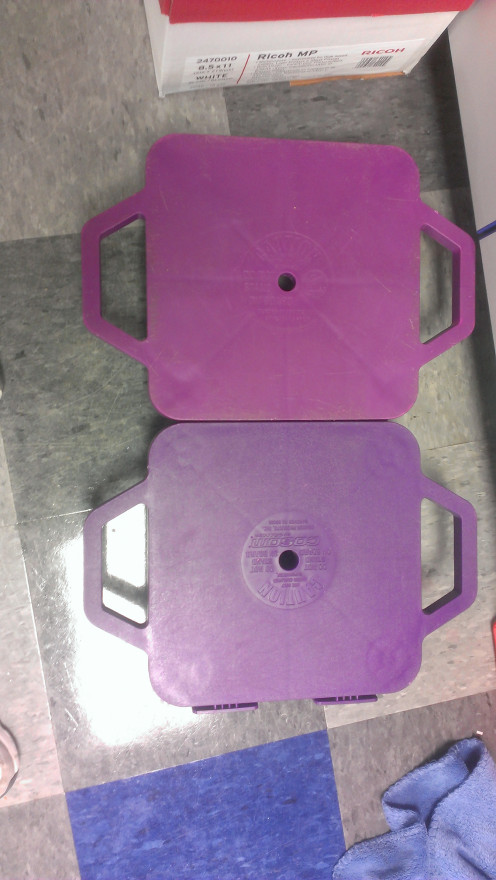
Scooter Crawl
A child will lie on her tummy on two gym style scooters connected together. (See pictures) Child will propel herself using only her hands around the school hallways. Try to have a distance of at least 500 yards. This works on the shoulder muscles, as well as the large muscle groups in the arms and back. This exercise helps the child’s body define where it is in space.
Variations: Child can sit criss cross on the scooters holding a jump-rope in her hands, with arms outstretched. Parent or teacher can pull her on the scooter.
Child can also pull adult who is sitting criss cross on the scooter.
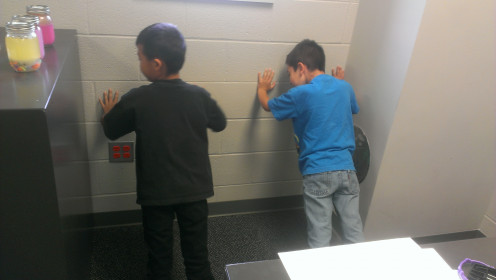
Wall Push Ups
A child leans against a sturdy wall – hands palms out on the wall. He will press his body against the wall and push himself away. It is just like doing pushups on the floor – he is just doing them against the wall. This works all the big muscle groups in the front of the body, providing a grounding effect for the body. This also helps the child’s body define where it is in space.
Variation: Of course, you can also have child do regular push-ups on the floor or on a bench.
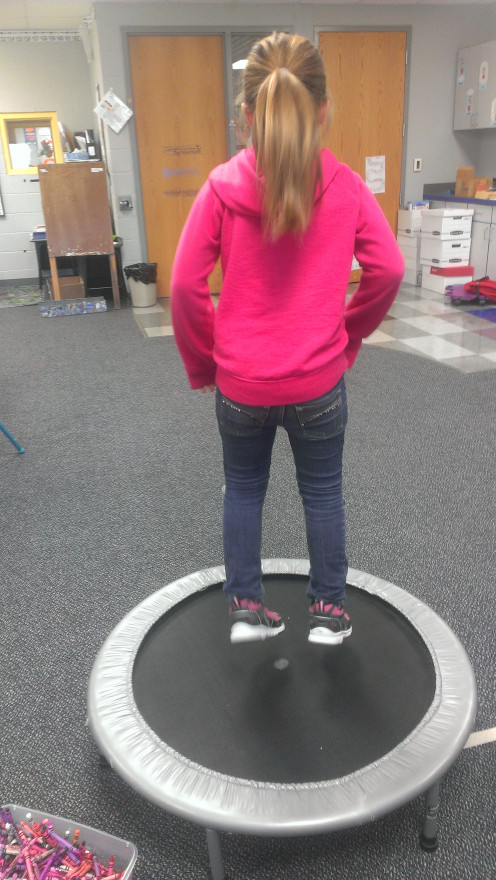
Sensory Issues
Auditory
| Visual
| Taste/Smell
| Body Position
| Movement
| Touch
| Attention
|
|---|---|---|---|---|---|---|
Responds negatively to loud or unexpexted noises
| Like the dark
| Avoids smells and tastes that are usual parts of diet
| Continually seeks movement activities
| Becomes anxious when feet leave the ground
| Avoids getting messy
| Jumps from one activity to the next
|
Holds hands over ears
| Hesitates going up and down steps
| Routinely smells things that are not food
| Hangs on other people, furniture, or objects even if familiar situations
| Avoids climbing or jumping
| Is sensitive to certain fabrics or textures
| Difficulty paying attention
|
Can't walk with background noise
| Avoids bright lights
| Looks for certain smells or tastes
| Weak muscles, tires easily, poor endurance
| Avoids playground equipment
| Touches people or objects to excess
| Overly affectionate
|
Seems oblivious in active environment
| Stares intensely at people or objects
| Does not seem to smell strong odors
| Walks on tip toes
| Seeks all kinds of movement - which interferes with daily activities
| Avoids going barefoot - or refuses to wear shoes
| Seems anxious
|
Avoids eye contact
| Takes excessive risks - no safety awareness
| Decreased awareness to pain
| Accident prone
| |||
Difficulty sharing emotions
|
These are some symptoms and signs of a child with sensory integration issues.
Mini Trampoline Jump
A child jumps for three minutes on a mini trampoline. This works all of the large muscles and makes the child think about where their next jump should be to avoid falling from the trampoline. It also works the vestibular system, forcing the body to manage balance along with hand, eye and foot coordination.
Variation: Jumping on a regular sized trampoline will give the same results. There are also bouncy toys that can give similar results.
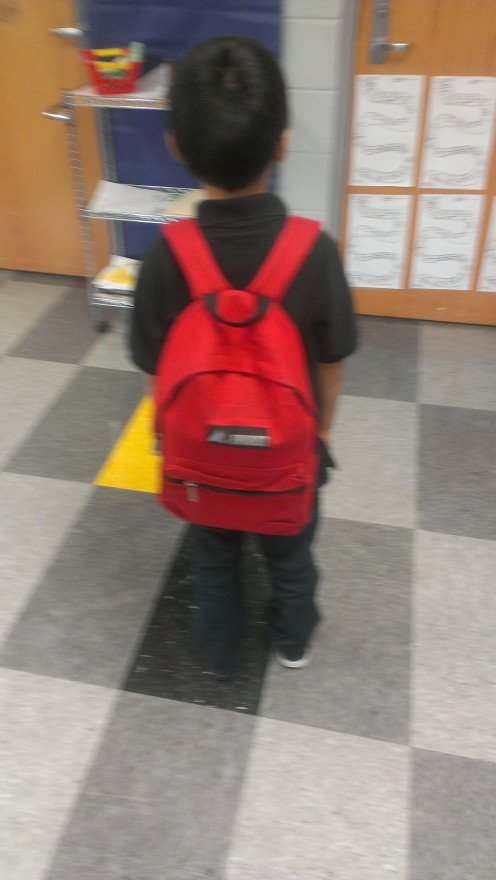
"SmartPack" Walk
The child wears a backpack that has been weighted down with two medium sized phone books. Make sure straps are long enough so that the backpack hangs just above the child’s waist – right about the small of the back. The child will then walk around the school hallways. Again, try to have a distance of at least 500 yards. This works all the big muscle groups in the front of the body, providing a grounding effect for the body. This also helps the child’s body define where it is in space.
Variation: You can have the child carry a box or bag filled with heavy books. You can give the child a job of carrying the box or bag to a fellow teacher.
Be Careful and Be Safe
There are many other ways to help children with sensory issues. This is just a beginning list and if your child needs a sensory diet you need to speak to your child's pediatrician or occupational therapist. Again, only do these exercises under the care of a doctor or OT.

